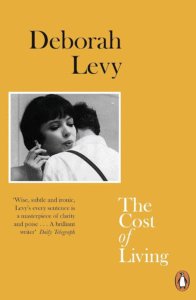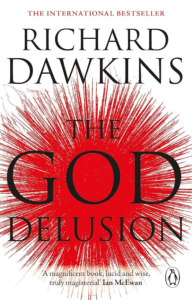The Allure and Peril of the Digital Age: Exploring Morality in Netflix’s Bad Influence
Netflix’s web series Bad Influence plunges into the turbulent waters of adolescence in the digital age, exploring the blurred lines between online persona and real-world consequences. Through the intertwined narratives of a group of privileged Indonesian teenagers, the series unpacks themes of social media obsession, cyberbullying, class disparity, and the corrosive impact of unchecked online behavior. While at times melodramatic, Bad Influence serves as a compelling, if cautionary, tale about the pervasive influence of the internet on young lives and the ethical dilemmas that arise within this hyper-connected landscape.

The Obsession with Online Validation: Fueling Insecurity and Competition
The series centers around a core group of affluent high school students whose lives are deeply enmeshed with social media. Their online presence often dictates their social standing, fueling a relentless pursuit of likes, followers, and validation. This obsession with digital approval creates a fertile ground for insecurity and competition, ultimately leading to acts of cyberbullying and manipulation. The series effectively portrays how easily online interactions can escalate, transforming playful banter into vicious attacks and how the anonymity of the internet can embolden individuals to engage in harmful behavior they might otherwise avoid in face-to-face interactions.
Class Disparity in the Digital Realm: Amplifying Social Inequalities
One of the central conflicts in Bad Influence stems from the stark class differences among the students. The series highlights how access to technology and social media influence can exacerbate existing social inequalities. The more affluent characters often wield their online power with a sense of entitlement, while those from less privileged backgrounds struggle to navigate the same digital landscape, often becoming targets of online harassment. This exploration of class dynamics adds a layer of social commentary to the series, suggesting that the digital realm, while seemingly democratizing, can also amplify existing societal divisions.
Complex Motivations Behind Online Harm: Beyond Simple Villainy
Furthermore, Bad Influence delves into the complex motivations behind the characters’ actions. While some are clearly depicted as malicious, others are driven by insecurity, a desire for acceptance, or a misguided sense of loyalty. The series avoids simplistic portrayals of good and evil, instead presenting a nuanced picture of teenagers grappling with their identities and navigating the pressures of adolescence in an environment where online reputation can make or break their social lives. This complexity allows viewers to empathize with some characters even as they condemn their actions, prompting reflection on the underlying causes of harmful online behavior.
Melodrama and Pacing: Examining the Series’ Narrative Imperfections
However, Bad Influence is not without its flaws. At times, the plot can veer into melodrama, with heightened emotional responses and dramatic twists that occasionally feel contrived. The pacing can also be uneven, with certain storylines feeling rushed while others linger. Nevertheless, these shortcomings do not entirely detract from the series’ overall message. The dramatic elements, while sometimes exaggerated, serve to underscore the high stakes and emotional intensity of the conflicts the characters face.
A Cautionary Tale for the Digital Age: Urging Ethical Online Conduct
Ultimately, Bad Influence serves as a timely and relevant exploration of the challenges and ethical dilemmas posed by the digital age for young people. It highlights the seductive allure of online validation, the potential for anonymity to breed cruelty, and the lasting real-world consequences of virtual actions. While it may not offer easy answers, the series effectively raises important questions about digital citizenship, the responsibility of online platforms, and the crucial need for empathy and critical thinking in navigating the increasingly interconnected world. By portraying the dark side of online influence, Bad Influence ultimately serves as a cautionary tale, urging viewers to consider the ethical implications of their own digital footprints and the impact their online actions can have on themselves and others.




















